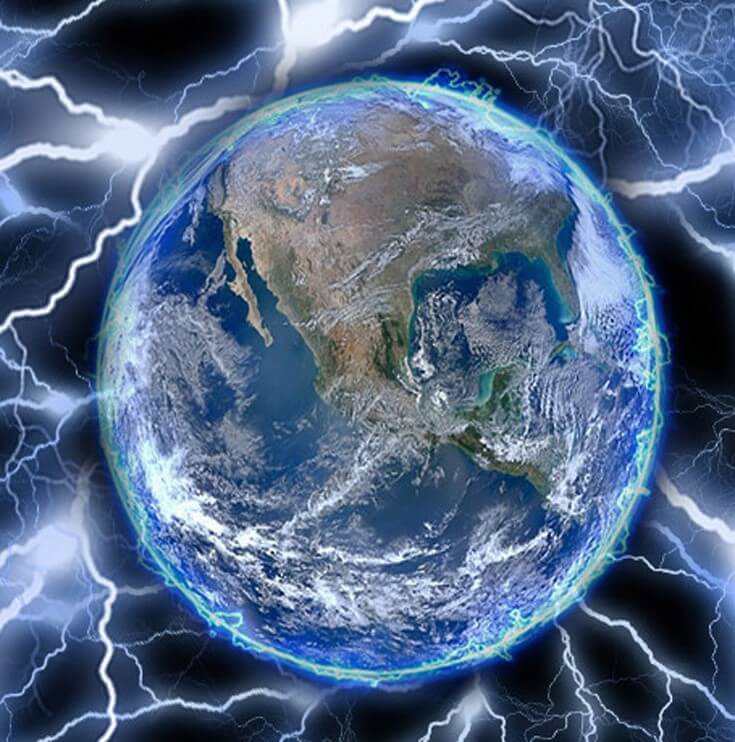Chances are you already have central AC and heat. Although your equipment may be of the high-efficiency variety, you can lower your energy use even more. By moving away from conventional HVAC systems, you can only use the energy you need at the moment.
The post Sustainable Heating and Cooling: Eco-Friendly HVAC Solutions for the Conscious Homeowner appeared first on Green Prophet.
Looking for a green, dustless HVAC system for your home?
Owning a home means investing in comfort, safety, and financial security. Keeping your property in tip-top shape is a way to protect those goals. But if you’re one of the growing numbers of eco-conscious homeowners, you’re also focused on reducing your property’s carbon footprint.
One of the areas where you can make a significant impact is by moving away from conventional HVAC systems. Your home’s heating and cooling equipment typically accounts for at least half of your energy use. By switching to environmentally conscious HVAC solutions, you’ll increase your property’s sustainability while maintaining its comfort and value. Below are a few ideas for eco-friendly temperature control to consider.
Ductless Mini-Split Systems
Ductless HVAC systems release water in the summer. Not the safest for your pet to drink, but okay if you top it up with mineral-containing water.
Chances are you already have central AC and heat. Although your equipment may be of the high-efficiency variety, you can lower your energy use even more. By moving away from conventional HVAC systems, you can only use the energy you need at the moment.
How? With a ductless mini split system, you can install separate units in each area or room of your home. These systems are often more eco-friendly than centralized solutions because you can adjust the temperature by zone. Instead of using energy to have the entire property at the same temp, you’re heating or cooling one area.
As you’re sitting in your living room on a steamy summer evening, you’ll keep your cool while binging. When it’s time to get some sleep, you can ramp up the air conditioner in your bedroom. Cooling in the other parts of your home can taper down so you’ll have less waste. You’ll also eliminate the need for pricey ductwork, including periodic cleaning and repairs.
Heat Pumps
Heat pumps can cut your electricity use for heat by as much as 75%, which is pretty substantial. Even if you live in a milder climate, you can experience colder temps that call for more than electric blankets. And while high-efficiency furnaces offer the promise of rebates and using less natural gas, you’re still dependent on fossil fuels.
Converting to a heat pump means the equipment is using air within or outside your home, depending on the season. If it’s warmer, the pump moves hot air outside. During the cooler months, the pump does the opposite. It moves air from the outside into your home to make it warmer.
Systems like these are known as air-to-air solutions. However, heat pumps can also be geothermal. These systems use heat from the ground to make your home more comfortable during chilly weather. Some heat pumps can use existing ductwork while others operate on the mini-split or ductless concept.
Solar Power
A solar powered floating home
Living in an area with ample sunshine holds advantages besides promoting feelings of happiness. It’s an opportunity to use the sun’s natural energy to power your home. Solar panels, shingles, and windows are ways to make the switch.
Of course, you’ll want to enlist the help of the pros before you get the work done. They’ll be able to tell you how many panels you’ll need and what side to install them on. Contractors will look at obstructions to sunlight, including trees. They’ll gather data about your home’s size and energy needs.
If you decide to install solar panels, you may have the option of leasing them. This route can reduce upfront costs and might make sense if you won’t be in your home for decades. If you’re worried about potential damage from hail or the look of panels on your roof, consider more discrete options. Windows and roof shingles with built-in solar technology can help you convert while maintaining the same exterior appearance.
Swamp Coolers
Passive evaporative cooling techniques in buildings have been a feature of desert architecture for centuries, but Western acceptance, study, innovation, and commercial application are all relatively recent.
A swamp cooler works by using evaporated water to cool your home’s interior. These cooling systems use 60% to 80% less electricity than central AC units. However, swamp coolers work best in dry climates.
So, if you live in the southwestern United States, you’ll be in a better position to convert to a swamp cooler. In humid climates like Florida or the northeast, evaporative cooling systems may not work well. There are additional considerations such as the higher water use. Swamp coolers typically require between 3,000 and 12,500 gallons of water each year.
Higher water use can be a concern in states where there are already supply challenges. Dry climates naturally get less precipitation, which can lead to tighter water restrictions. During droughts, the restrictions can be even more challenging. But if your home is smaller and uses passive cooling techniques, a swamp cooler could be a good fit. Passive cooling techniques take advantage of natural ventilation and shading to keep indoor temperatures comfortable.
Eco-Friendly Temperature Control
A smart thermostat by Nest
Your home is a haven from the outside world. It gives you a place to unwind, enjoy life, and protect you from the elements. A home can be more about the memories you make living in it than the structure itself. Still, conscious homeowners are also mindful of how certain changes can add to a property’s sustainability and market value.
A home’s heating and cooling solution is considered one of its major components. Indoor temperature control is a must in terms of comfort and safety. While conventional HVAC systems do a good job of maintaining both, the equipment is dependent on fossil fuels. This reality isn’t necessarily the most energy-efficient or realistic as governments introduce climate change initiatives. Switching to sustainable solutions is an investment in the property’s future.
The post Sustainable Heating and Cooling: Eco-Friendly HVAC Solutions for the Conscious Homeowner appeared first on Green Prophet.
Recommended Story For You :
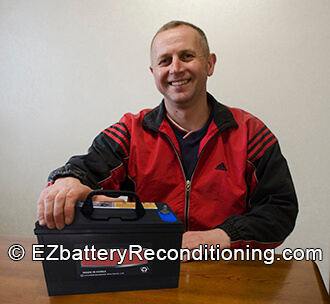
Bringing Dead Batteries Back To Life Is Simple!

SEPTIFIX to the Rescue! Say Goodbye to Problems and Hello to Savings
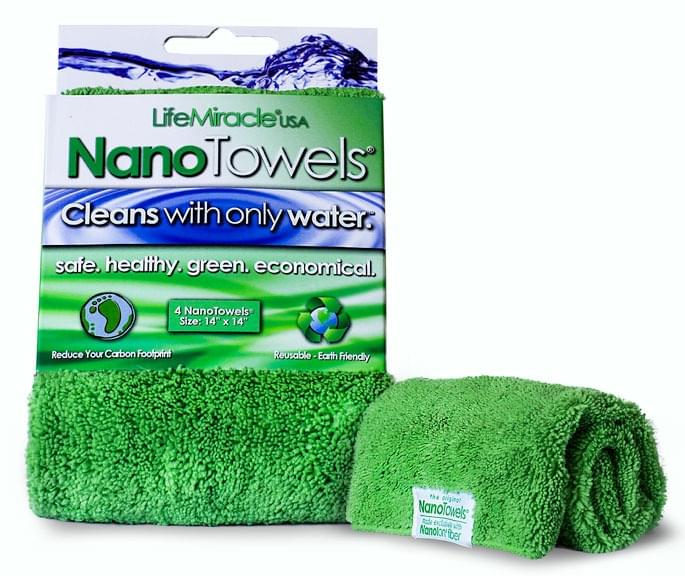
Ecomposing of Paper Towels Produce Methane Gas

A Leading Cause Of Global Warming!

A cleaner world where energy is abundant essentially free
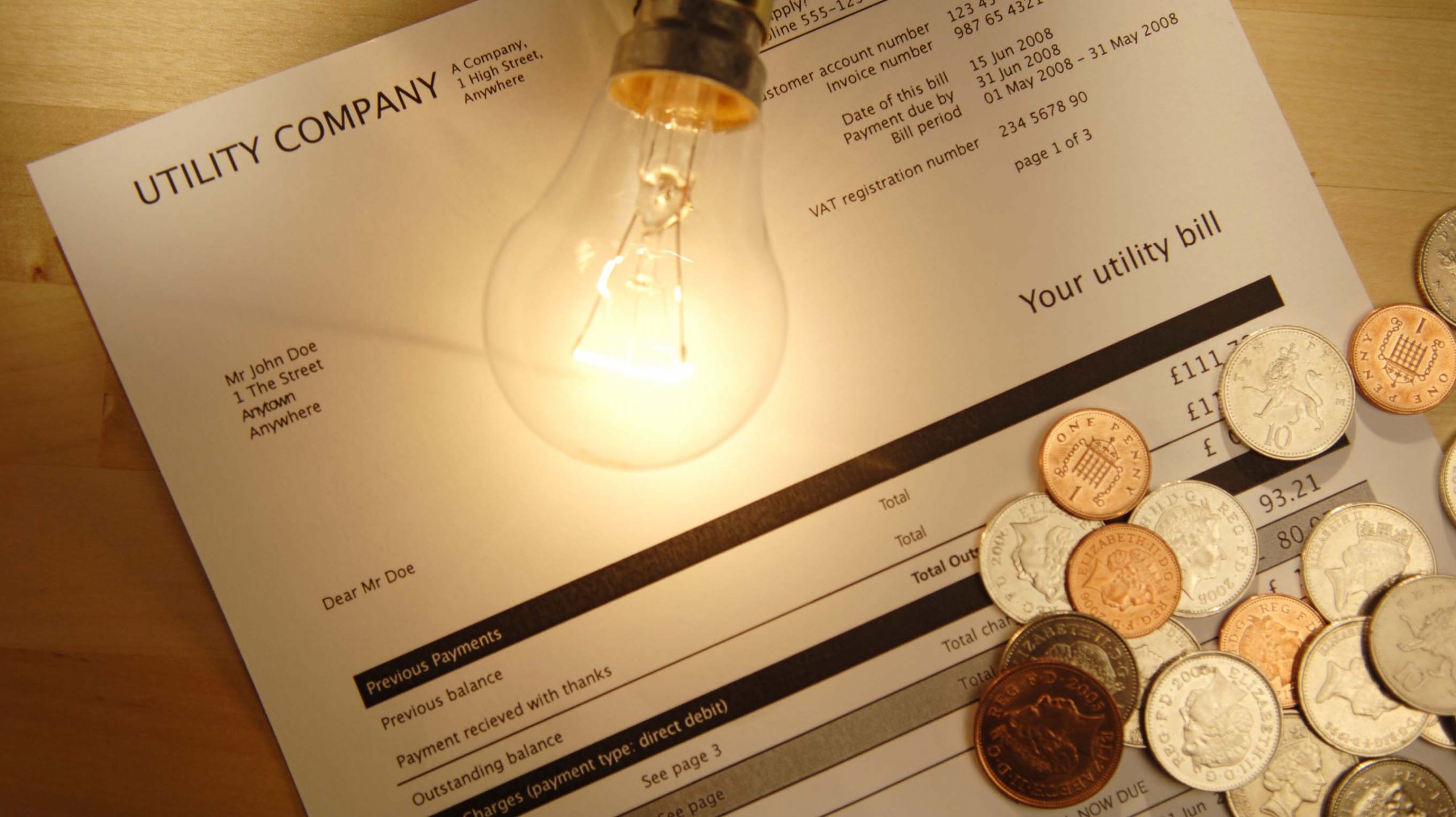
and sourced directly out of the inherent power of the space surrounding us.

MIT Discovery can cut power bills by 65%

Easy DIY Power Plan Will Change Our World Forever
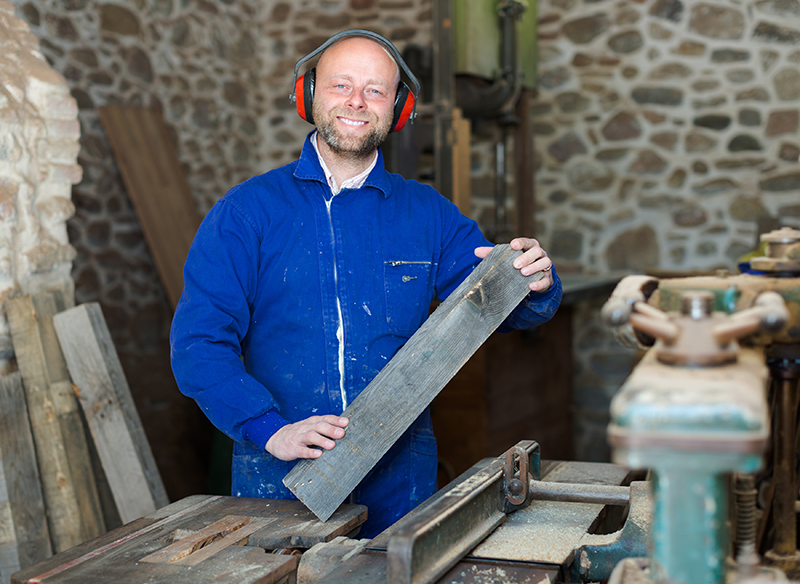
Discover the World with Our Passionate Geography Teacher in Memphis!
